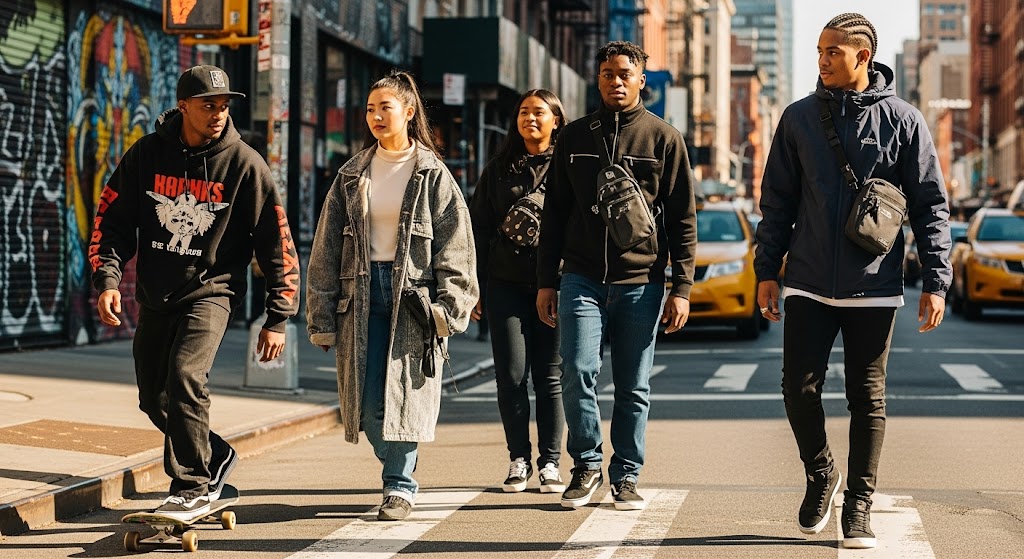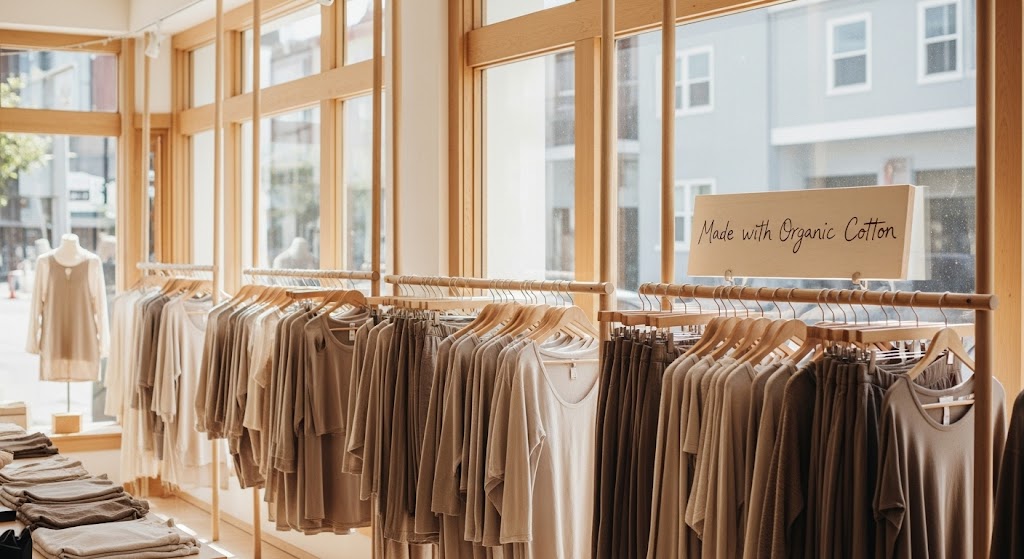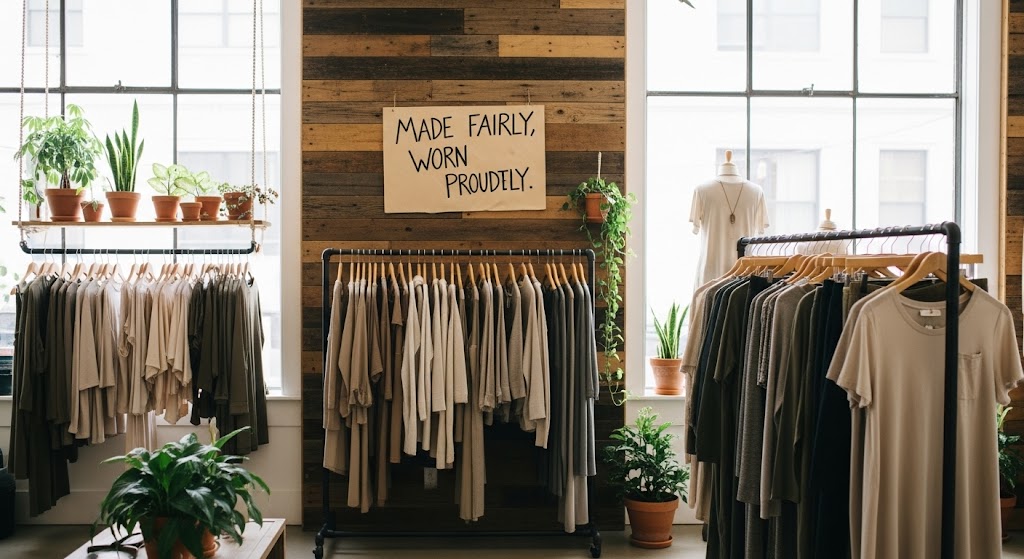No products in the cart.: $0.00
American Street Style: A Cultural Mosaic

American street style is one of the most expressive, diverse, and evolving fashion movements in the world. Unlike traditional high fashion runways dictated by seasonal collections and elite designers, street style emerges organically from the sidewalks and neighborhoods of America’s cities and suburbs. It’s a cultural conversation happening in real time—through hoodies, sneakers, denim jackets, and curated chaos.
This grassroots approach to fashion reflects the ever-changing landscape of American identity. It thrives on the intersections of race, class, gender, music, and movement. It doesn’t just react to trends—it sets them. More importantly, it democratizes fashion by showing that personal style is not reserved for the rich or famous. In the U.S., fashion belongs to everyone—from Bronx teenagers and LA skaters to queer creators in Atlanta and Midwestern thrift hunters.
Regional Diversity, One Style at a Time
Street fashion in the United States is a true melting pot of cultures and aesthetics. From the sunny skate parks of Southern California to the freezing subways of New York, each region brings its own sensibility to the fashion table.
In Los Angeles, the vibe is casual but intentional. Think oversized graphic tees, cargo pants, distressed denim, bucket hats, and clean sneakers. The influence of surf, skate, and hip-hop culture is everywhere. Brands like Stüssy, Undefeated, and Vans are not just labels—they’re lifestyle markers. Thrift stores in Silver Lake or Melrose are treasure troves where young creatives build wardrobes that blend luxury knockoffs with punk badges and retro basketball jerseys.
Meanwhile, New York City pulses with fast-paced experimentation. The city’s harsh winters demand layered looks, which results in bold combinations: thrifted trench coats over hoodies, Doc Martens with joggers, balaclavas with tailored jackets. In Brooklyn or Harlem, streetwear is often mixed with avant-garde touches—reflecting a population that thrives on artistic expression. On any block, you might see techwear silhouettes, punk accessories, and vintage flair coexisting in one outfit.
In Chicago and Detroit, fashion is deeply tied to sound. Music genres like house, rap, Motown, and soul don’t just influence dance floors—they impact what people wear. Here, street style favors bomber jackets, varsity coats, oversized flannels, and retro sportswear. Air Force 1s, Timberlands, and Jordans are essential, often worn immaculately clean. There’s a sense of pride and polish in these cities that contrasts the grit of the outerwear.
Further south, in cities like Atlanta, Houston, and New Orleans, street style is opulent, loud, and luxurious. Gold grills, stacked chains, designer logos, bold prints, and extravagant color combinations dominate. Southern streetwear often draws from Black excellence, musical influence, and spiritual heritage—resulting in outfits that radiate both status and self-expression.
Fashion as Identity, Protest, and Power
What makes American street style unique isn’t just how it looks—it’s why it exists. Clothing becomes a canvas for identity. In a country that constantly wrestles with questions of race, gender, class, and power, fashion becomes protest.
During the height of the Black Lives Matter movement, many young Americans wore fashion to make political statements—through printed slogans, color choices, or repurposed vintage military wear. Pride parades across the nation showcase queer street style as resistance: glitter, mesh, crop tops, platform shoes, rainbow layers, and bold accessories all serve as symbols of visibility and defiance.
In Indigenous communities and among Latinx creators, clothing often weaves in traditional motifs, beadwork, embroidery, and cultural references that reclaim visibility in a country that has often marginalized them. This convergence of heritage and streetwear speaks to the resilience of American multiculturalism.
Social Media: The New Runway
In the 2020s, the internet is the new catwalk. Platforms like TikTok, Instagram, and Threads have transformed how trends spread and who gets to set them. Influencers with a few thousand followers can spark global trends if they strike the right aesthetic chord.
In this digital-first landscape, creators in Venice Beach, The Bronx, or Minneapolis are suddenly tastemakers with worldwide reach. Hashtags like #StreetStyleUSA or #OOTD (outfit of the day) allow anyone to share their look, inspire others, and connect with a broader fashion community. This democratization means that fashion isn’t just broadcast—it’s collaborative.
Streetwear brands have adapted accordingly. Once underground, labels like Supreme, Fear of God, and Telfar have exploded into the mainstream, thanks in part to their connection with community, culture, and social clout. In 2023, Telfar’s “Bag Security Program” redefined luxury: a direct-to-consumer model that emphasized accessibility over exclusivity.
And while traditional fashion houses are catching on—collaborating with streetwear designers and releasing capsule collections—it’s clear that the power dynamic has shifted. Street style is no longer taking cues from high fashion; it’s writing the rules.
The Era of Curated Chaos (2025 and Beyond)
Today, in 2025, American street style is about curated chaos. Mismatched prints, layered silhouettes, ironic logos, and genderless garments combine to form a look that feels spontaneous yet intentional. You might see cowboy boots with baggy cargo pants, or a floor-length faux-fur coat paired with a band tee and pearl earrings.
The trend isn’t perfection—it’s authenticity. Street style in the U.S. celebrates imperfection, self-discovery, and contradiction. It values process over polish. Many Gen Z fashionistas take pride in showing the journey of their style, not just the result. This means visible mending, hand-painted jackets, secondhand pieces with stories, and unapologetic experiments with proportions and patterns.
Gender norms are crumbling. Men wear skirts, women wear oversized suiting, and nonbinary fashion is thriving. What matters isn’t fitting into a category—it’s breaking out of one.
Conclusion: The Streets Are the Stage
American street style continues to be a dynamic, decentralized, and deeply personal form of expression. It resists easy definition because it reflects a nation in flux—a country built on immigration, innovation, and individualism.
It is political, playful, poetic, and powerful. From Harlem to Hollywood, it echoes voices of resistance, whispers of nostalgia, and visions of the future.
In this fashion landscape, everyone is a stylist, a curator, and a storyteller. All you need is a sidewalk and a point of view.


